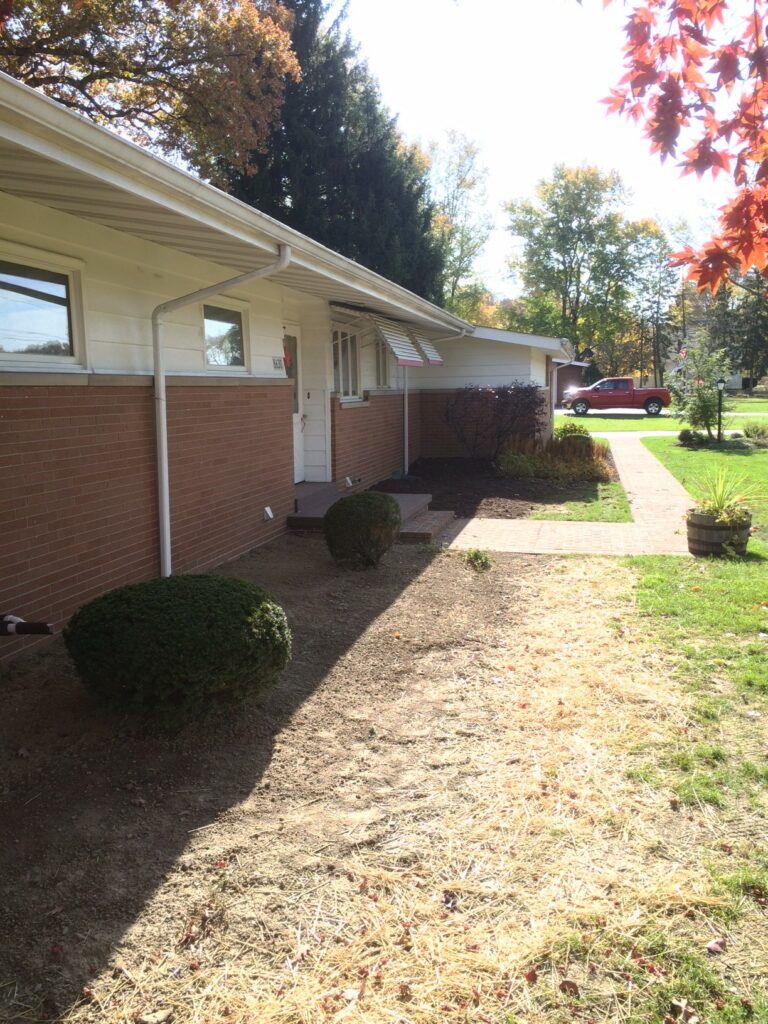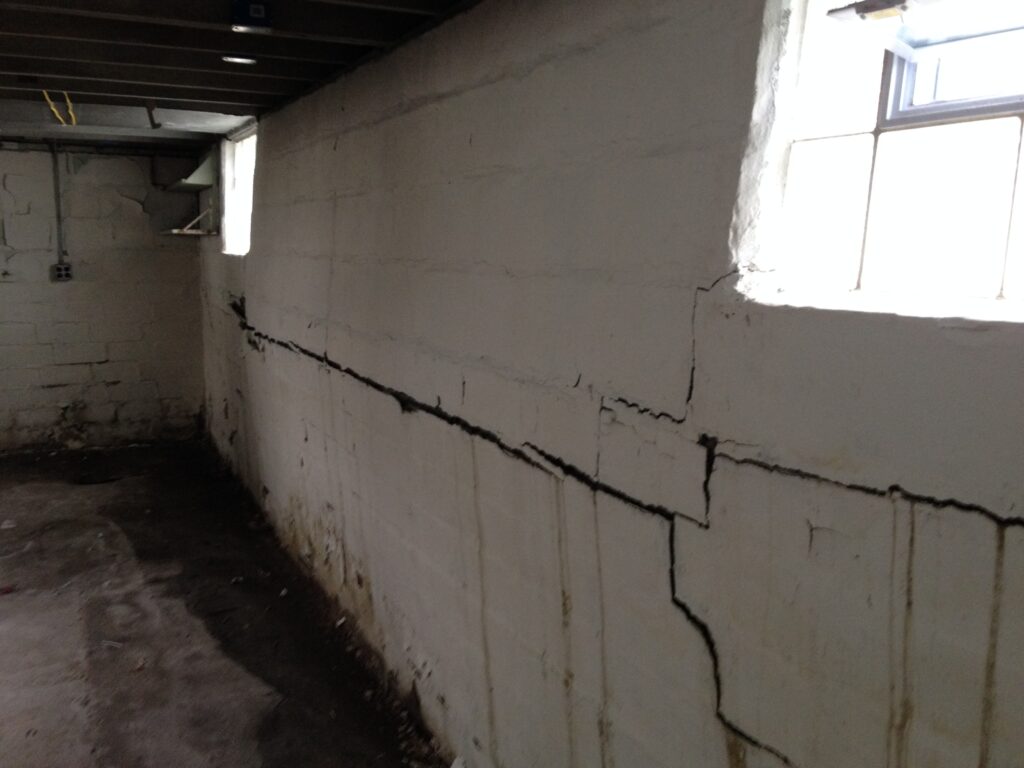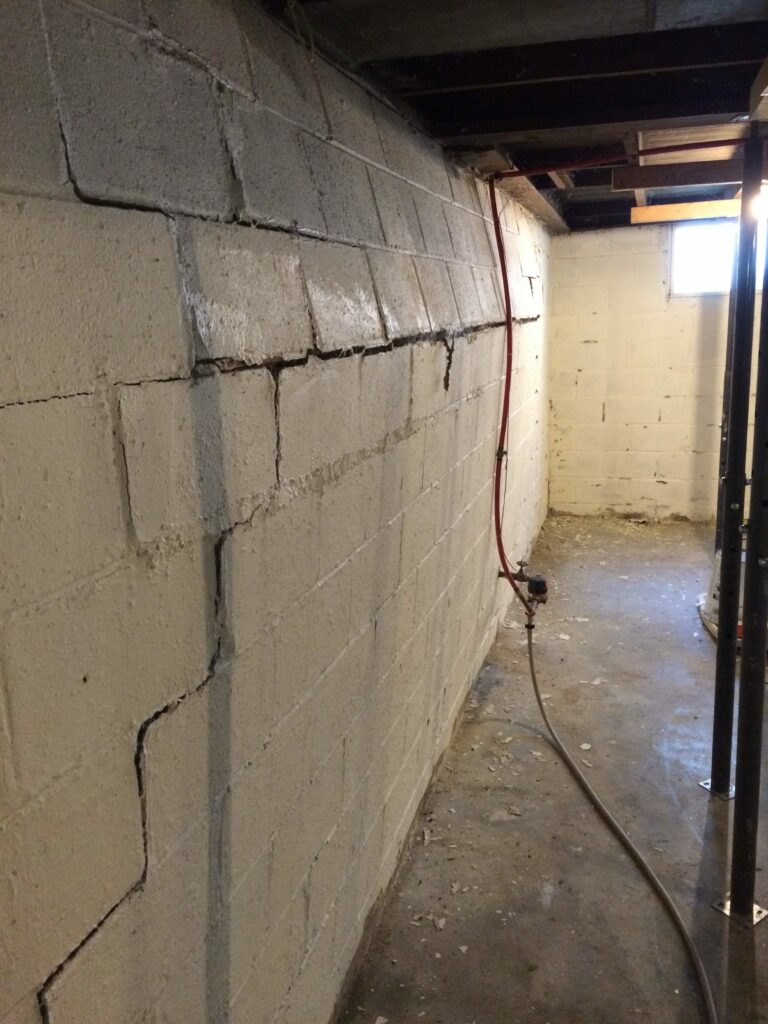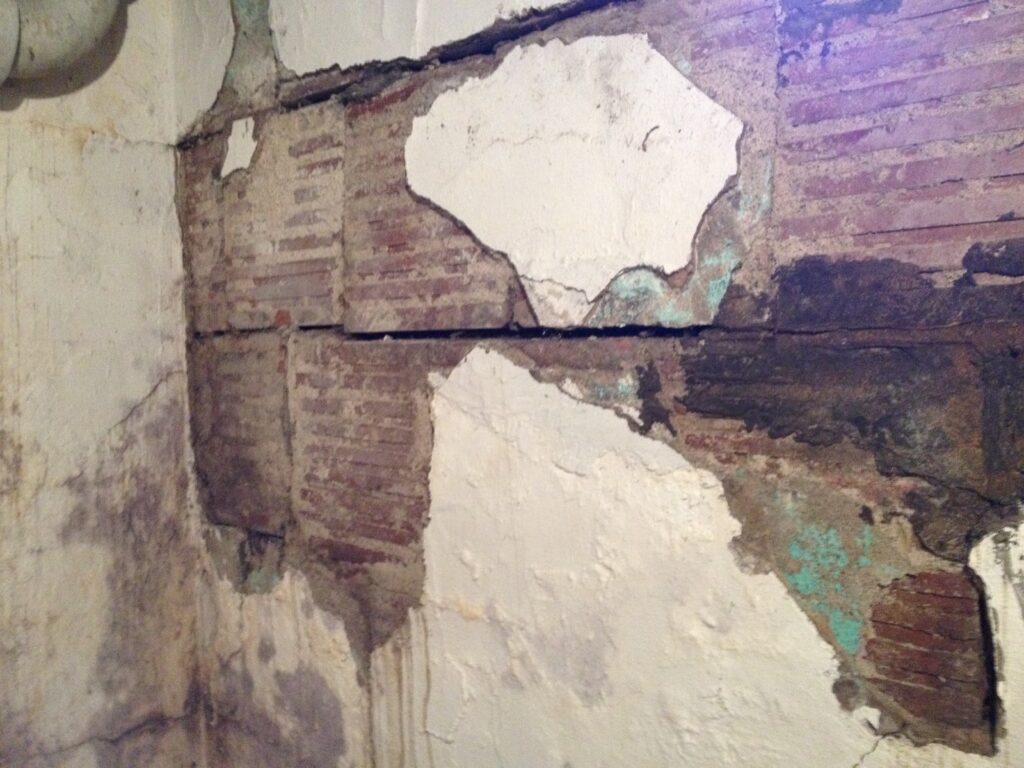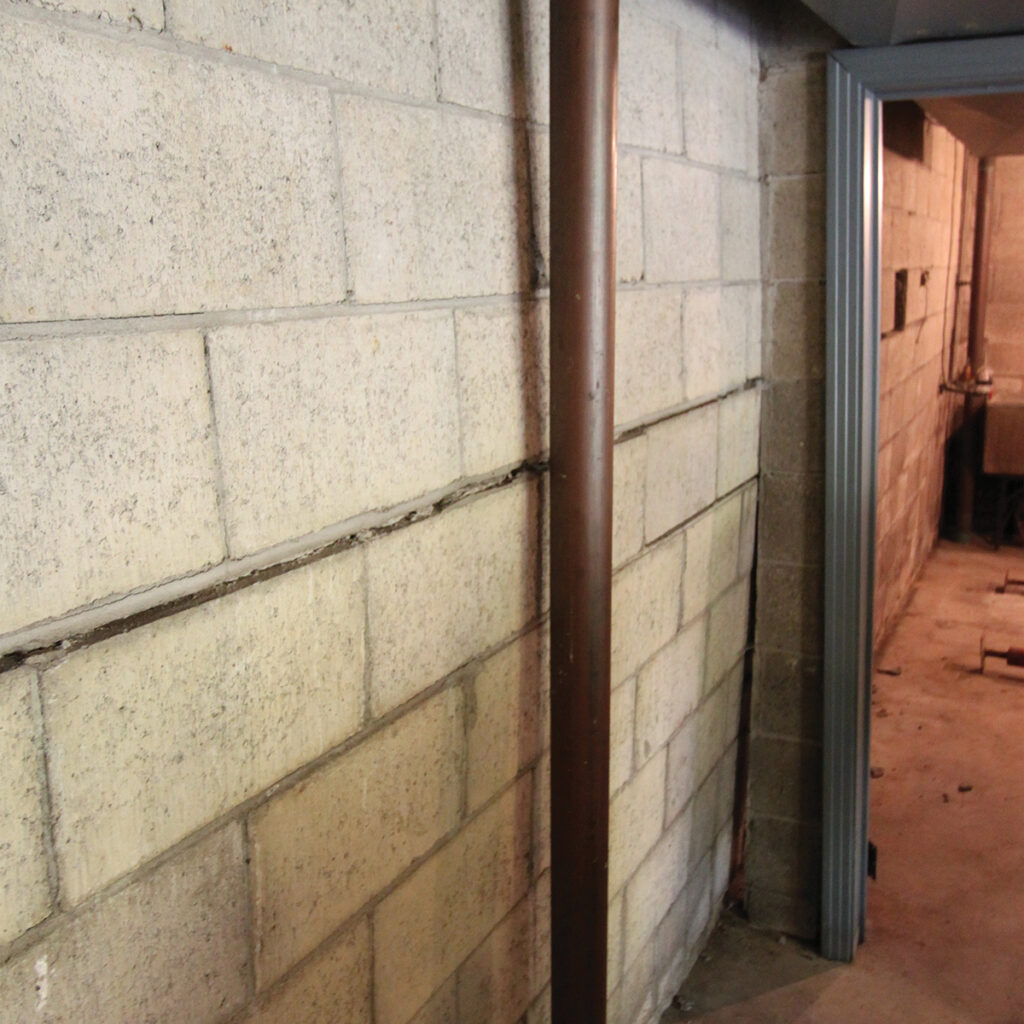Foundation Repair During Drought
As drought conditions continue to afflict various regions, homeowners face a new set of challenges related to their home’s foundation. Foundation repair becomes a serious concern during dry spells, as moving soil conditions lead to settling or sinking foundations, bowing walls, and cracks in the walls. In this article, we will explore the impact of […]
Foundation Repair During Drought Read More »

